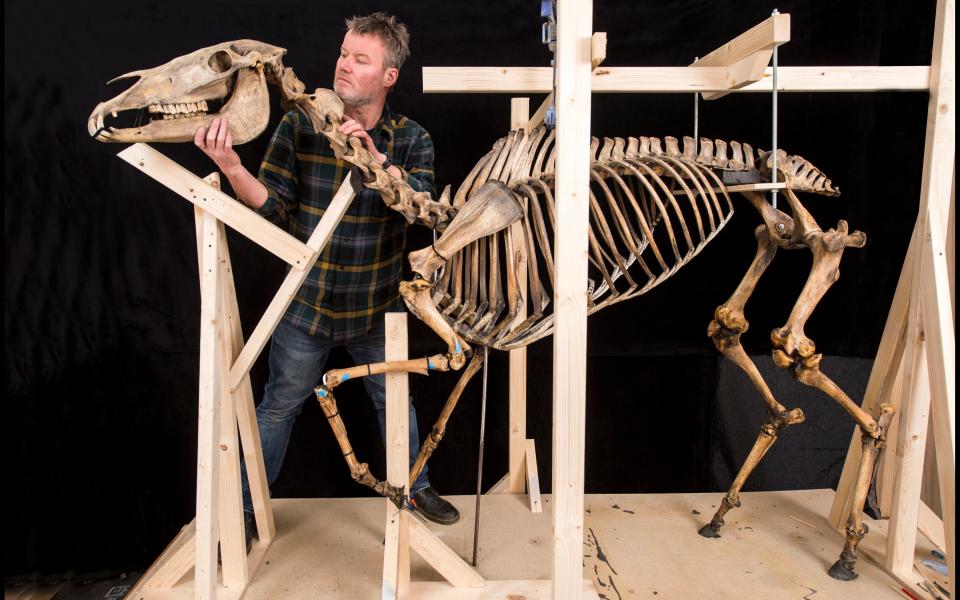Napoleon's horse Marengo rides again
It bore Napoleon aloft though some of his greatest triumphs and carried him steadfastly at the site of his greatest defeat.
Now the skeleton of Marengo - the horse that served the French Emperor at the Battles of Austerlitz, Jena and Wagram, and finally at Waterloo - is to be given pride of place at the new National Army Museum.
The horse’s skeleton has undergone a painstaking restoration by curators ahead of being reassembled and installed at the museum, in Chelsea, west London.
It was the artist Jacques-Louis David’s portrait of Napoleon on the rearing white Arab stallion that most vividly captured the public image of the Emperor, spreading the spirit of the French revolution through Europe.
But after his defeat at Waterloo Napoleon fled the battlefield in a cart, leaving his steed to be captured alive by the triumphant Grenadier Guards and taken to England.
After his death at the age of 38 in 1831, 10 years after the death of his master, Marengo’s skeleton was displayed at the now defunct Royal United Services Institute Museum.
Years later Marengo's remains arrived at the National Army Museum, where they have been on display since the 1960s.
Now his bones, which had been held together by iron bars and bolts, have been carefully repaired by Derek Bell, a professional prop maker, and Arianna Bernucci, a senior conservator at the Natural History Museum.
They started by repairing tiny cracks in sternum and ribs, then removed debris from the surface, before giving the stallion’s skeleton a more lifelike stance.
Mrs Bernucci said: "We carried out this work on Marengo so that he can be re-displayed in a lifelike position. I feel quite lucky to work on something so historically significant."

 Yahoo News
Yahoo News 

